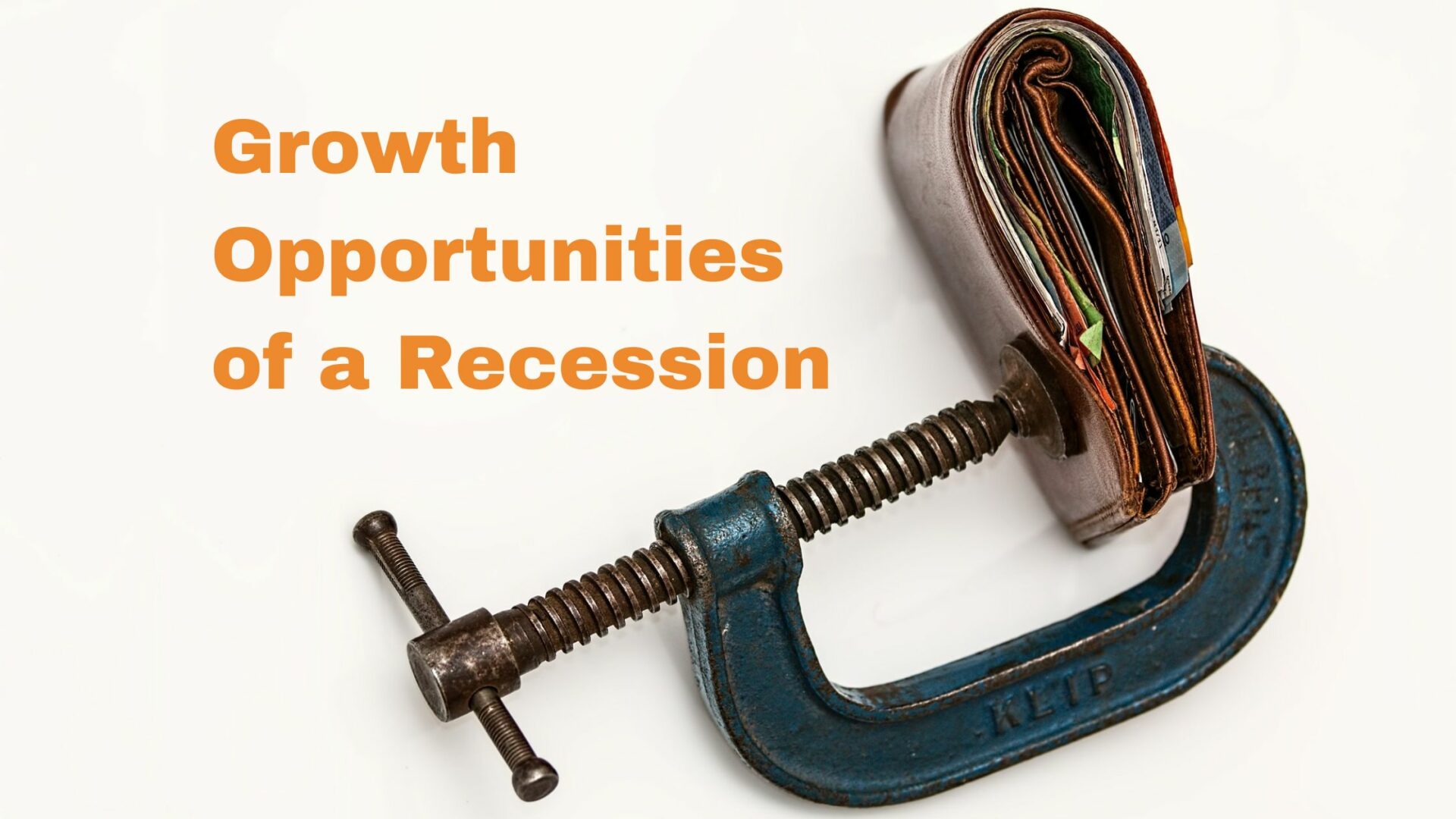
“I earned more when we were smaller” – Why do SME businesses get stuck at £4.5m?
How is it possible that a business owner can take home more in the past when the company was making less revenue?
Excluding the laws of physics that govern our universe, there are exceptions to every rule. Some owners won’t run into this problem, but does that mean it’s not going to happen to you? Absolutely not.
When the Saudi authorities held the heavyweight rematch between Anthony Joshua and Andy Ruiz, there was no need to discuss a roof on the stadium in Diriyah. The town has 14 days of rain a year, and nearly never does it fall in December. Yet, fight night arrived, and with winds of 72mph and prevailing rain, the fight was in jeopardy!
If the fight was held on any 30 days either side of the 7th December, the umbrellas could have stayed at home. But does that mean they should have spent thousands on a roof for that just in case scenario? Probably not.
As growth consultants, SGFE deals with the rules and not the exceptions. We plan and understand the 60 days of dry nights in the desert and leave alone that one freak night of showers. Or, for your context, we know that the majority of businesses get stuck around £4.5m, and we focus on that.
“Nature is a constant reminder of the beauty of consistence” Mokokoma Mokhonoana.
Before Fredrik Taylor’s work on scientific management, businesses had very few rules. They were inefficient and managed by intuition. When Taylor’s work peaked in the early 1900s, executives started to understand that most companies follow a series of rules. Admittedly, Taylor’s theories were focused on workflow, but it made way for a greater understanding of the factors that contribute to successful and growing enterprises.
Fast forward a hundred years to 2021, and the rules are more consistent, regular and understood than ever. So, why do businesses get stuck?
Why do businesses get stuck at the £4.5m stage?
When you’re looking at how to scale a business, you might not expect to get stuck at £4.5m. By then, it should be smooth sailing, right?
But, there are actually a host of factors that can lead to stagnation. Although not exclusive, here are three reasons that you might be at a standstill.
Loss of focus on the business direction
To generate a level of success, a business is probably making around £100,000 of revenue per head. At £4.5m, this means the business is likely to have approximately 45 staff. At this stage, new faces are turning up to the office with the owner asking – “Who is that? Oh, that’s John, the new sales guy – I remember now”.
The business up until this point has been driven mainly by the early founders and employees. A respected study has shown that people typically can manage 5+/- 2 people. The founders and senior employees are likely to be overstretched by continuing old business management methods and can quickly become distracted from the business strategy.
Lack of presence in critical positions
Connected to the point of managing 5 +/- 2 people, the senior managers are slowly starting to lose control due to an ever-increasing demand on their time. Where once they were on top of everything in the business, they are now falling behind the curve and struggling to know how to scale a business from this position.
Up until now, many businesses will have been successful with a collective “togetherness”. If an IT or HR issue arose, it would have been resolved by the group, and the senior managers would most likely have had some interaction, awareness or influence over a resolution.
Rather than helping the solution, it’s possible that due to lack of time and growing pressure, the senior management team can’t contribute as fully as they did previously, which may cause delays or an inferior resolution.
Culture
The growing number of people now needed to sustain your business’ success moves the company further away from the original family feel. During the early stages, everyone had time to maintain the feel-good vibe and positive work culture.
Time is a virtue that’s now become lost. A culture at the beginning that was inclusive and exciting is strained and stressed. There’s a lot of anxiety around communication, identity, and purpose, which was never there in the early days.
Missing pieces of the jigsaw puzzle
The problem faced by most business leaders growing successful SMEs is that some of the rules to break through £4.5m appear counterintuitive. In fact, they may go against the myriad of ideas you had when learning how to grow a startup business that led to your initial success! But, to break out of the business black hole and go through the glass ceiling, something needs to change – or nothing ever will.
Three commons areas of change that you should consider to create a Jump Model include:
- Creating more functionality and time for senior management to strategise and creating value by making assets in the business
- Identify, invest and recruit capability for key positions needed for a company
- Consider the culture of what a company generating £12m of revenue would look like
If you’re stuck and aren’t sure what the next step to take is, reach out to our growth experts at SGFE today.





